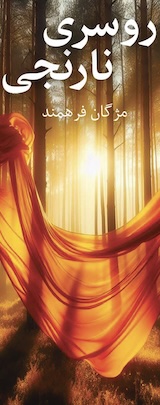Link
MajidNaficy 's Recent Links
The New Yorker: What It Takes to Put Your Phone Away
MajidNaficy | 13 hours ago
0 24
The New Yorker: A New Wave of Cinematic Riches Arrives at Cannes
MajidNaficy | 13 hours ago
0 41
The New Yorker: Who Gets to Be an American?
MajidNaficy | 13 hours ago
0 37
Israel ‘squandering’ chance to topple Iranian regime with Gaza carnage | Matthew Syed
Viroon | 9 hours ago
0 50
Category: None
Iranian film director Jafar Panahi Cannes festival comeback
Viroon | 9 hours ago
0 59
Category: None










Comments